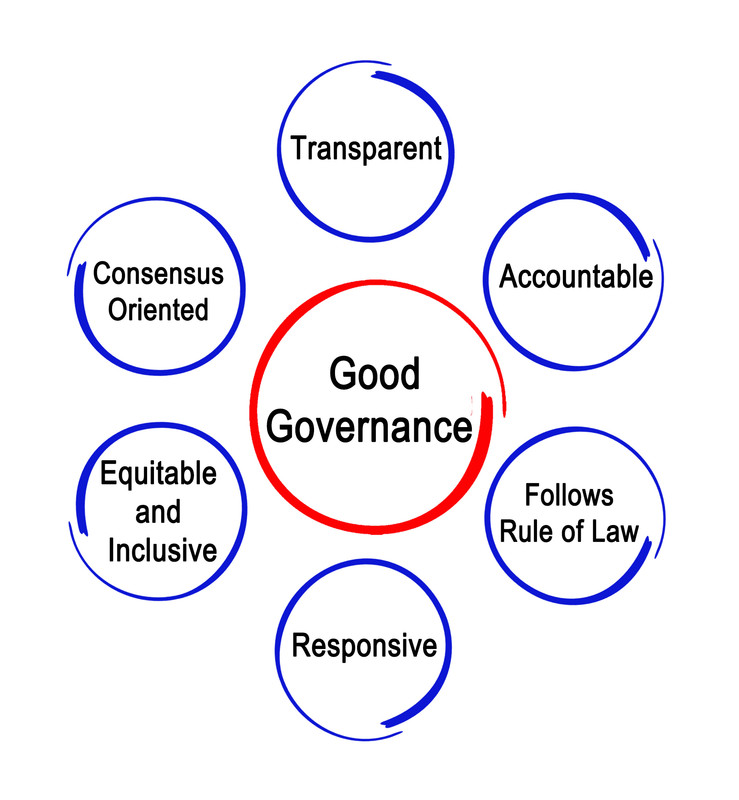By Theresa Muchinguri – June 2022
A board of persons, a coming together for a common lawful purpose of two or more persons. Prima facie implies a concurrence or coming together of at least two or ‘meeting’ may be defined as an assembly more persons so that a general rule, one person cannot constitute a meeting applies. it is axiomatic that there be must be at least two persons present to constitute a meeting Meetings of all kinds, including Board meetings, are subject to the enabling instrument (Statute or AoAss.), the regulations applicable to the particular body and the common law. Meetings should be guided by a Board Annual Workplan. Common law only applies in the absence of any statutory enactment or codified regulations. For proceedings at a Board meeting to be validly conducted, the meeting must be properly convened. Proper Convening means that the meeting must be called by the proper authority.
All persons entitled to receive notice of the meeting must be duly served therewith unless they have expressly waived their right. All Board meetings. Special meetings are convened through the Chairman. Duly constituted means that the proper person must be in the Chair, and a quorum must be present. Key Elements of Meeting include notice, agenda, quorum, motions, voting & resolutions as well as minute taking. Chairman’s role is usually to set the agenda with CEO and Board Secretary’s guidance and seek input from team members. The chairman may also ask members to suggest agenda items along with a reason why each item needs to be addressed in the meeting. Should the chairperson ultimately decide not to include an item, they need to be accountable — explain the reasoning to the member who suggested it.
Chairperson Key Roles in a board meeting include
2. Fair-mindedness and ability to arrive at correct decisions on the spur of the moment;
3. Ability to express with facility and discretion the mind of the meeting on the particular issue under discussion;
4. Ability to preside over deliberations and be ready to guide the meeting into decisions that are good for the entity, shareholders and stakeholders and be careful to subordinate his own views to those of the meeting.
5. Ability to preserve order and keep the meeting focused guided by the agenda;
6. Ensure proceedings are conducted in the prescribed manner;
7. Provide everyone who is desirous to speak with an opportunity to do so and ensure the discussion does not drift and should at once suppress any irrelevant or offensive remarks;
8. Allow members to individually vote on motions
9. Must remain impartial.
10. Must be familiar with the regulations of the entity over which she presides. A minute is prepared so that the motion and resolutions taken at a meeting can be used as a reference in the future. it is a legal requirement for companies to keep minutes of the board meetings, committee meetings, and annual general meetings.
Minutes of meetings must be recorded, entered into a book or file, and signed by the Chairperson. The minutes of the meeting must contain the name of the meeting styled as “Minutes of the annual general meeting”, Minutes of the extraordinary general meeting”, Minutes of the Board Meeting” etc.

Adjourned Meeting
An adjournment, if bona fide, is only a continuation of the meeting… and the notice that was given for the first meeting holds good for the other meetings following it. No new business can be introduced when the meeting resumes as this is a continuation of the previous meeting unless notice of such new business is given and there are no objections from members. if however the meeting is adjourned sine die, a fresh notice must be given for the new meeting. it may be caused by the resolution of the meeting, the action of the Chairperson, Failure to make a meeting (no quorum); Failure to keep a meeting (failure to keep a quorum) ;
Voting
All acts, matters, or things authorized or required to be done by the Board may be decided by a majority vote at a meeting of the Board at which a quorum is present. At all meetings of the Board, each member present shall have one vote on a question before the Board and, in the event of an equality of votes, the chairman shall have, in addition to a deliberative vote, a casting vote
A Board Member with a Conflict of interest cannot vote on such a matter where an interest has been declared.
Resolution
A formal proposal that is considered by an organization and is usually voted on at a meeting. A resolution during a meeting is any type of action taken by the members that will apply to a certain action. During a shareholders or directors meeting, any resolution that the entity’s Chairman and the secretary approve is called a certified corporate resolution. If an external organisation, such as a bank, needs verification from the corporation to allow certain actions to take place, this type of resolution is important. Examples of certain actions that may require certified corporate resolutions include the authorisation to sign documents on the entity’s behalf.
Corporate governance is the system by which business corporations are directed and controlled. The corporate governance structure specifies the distribution of rights and responsibilities among different participants in the corporation, such as the board, managers, shareholders and other stakeholders, and spells out the rules and procedures for making decisions on corporate affairs. By doing this, it also provides the structure through which the company objectives are set and the means of attaining those objectives and monitoring performance
//
Leave a Reply